Canon SX50 Review Part 3: When the Light Goes Down
Prologue: This is the third in a series of articles I wrote on dpreview.com in November and December 2012 reviewing the Canon SX50 camera and comparing it to its older sibling, the SX40. Parts 1 & 2 are in separate Blog entries below. While the original articles remain on dpreview.com, the links to most of the example images were lost. By request of the readers on that website, I am republishing the articles here in my Blog with all the original example images intact.
Note that clicking on a Review image will open it in a Picture Gallery where some may be downloaded. Only test images are downloadable while pictorial images, which are copyrighted, are not. The caption of each image in the Picture Gallery will include a link back to this Article.
Everyone who has one knows that when properly handled, the SX50 can produce excellent results for a P&S camera when photographing in very bright to medium light. But what about its results when that light goes down? Since starting to write these articles, this is the question most asked of me in the discussions on this forum, in PMs, and from non-members who lurk in the shadows around here. Apparently my images posted over the last year here give me away in my teaching and photographic life. So the subject of Part 3 is to look at two tests of the SX50, one handheld of an outdoor scene at night, and one tripod mounted indoors under very dim controlled light. In each setting, I also shot the SX40 along with the SX50 for comparison images.
Before we get to the tests, I want to expand on my opening statement above by saying that when properly handled, the SX50 can give excellent results in dim light as well. The following images are presented as examples of what I find consistent in my work with this camera. The first is a landscape which portrays a dark moody atmosphere at Swan Lake in the middle of the day. As can be seen, it felt more like evening than early afternoon:
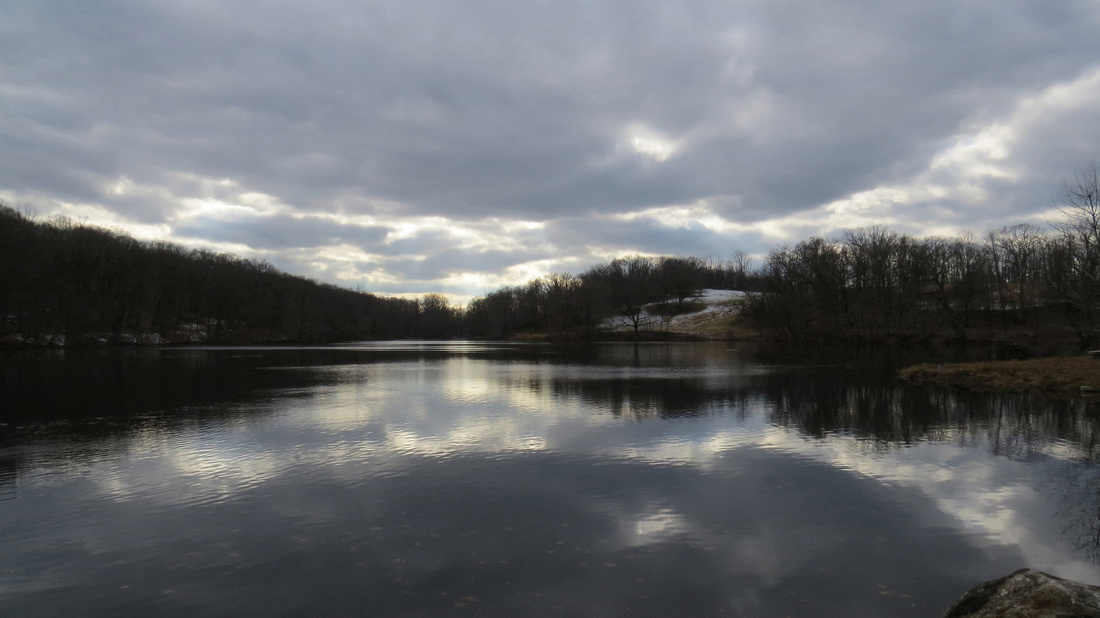 121128_0244_SX50 Swan Lake at Rockefeller PreserveTo return to the SX50 Review - Part 3, click the link
121128_0244_SX50 Swan Lake at Rockefeller PreserveTo return to the SX50 Review - Part 3, click the link
http://edwardmichaellach.zenfolio.com/blog/2016/4/canon-sx50-review-part-3-when-the-light-goes-down With the gathering heavy cloud cover and sun traveling very low in the southern sky, this early afternoon SX50 image of Swan Lake felt more like early evening with its dark shadows and impending gloom.
With the gathering heavy cloud cover and sun traveling very low in the southern sky, this early afternoon SX50 image of Swan Lake felt more like early evening with its dark shadows and impending gloom.
I point your attention to the very dark shaded area above just in front of the snowy hill on the middle right. The following image was taken there twenty minutes later in even dimmer light. While the coloring of the male Bufflehead can be credited somewhat in helping the camera, the definition and texture captured more than offset the rather well controlled noise. The Bufflehead is a very small duck. Moving quickly when hunting and diving, it can be difficult to capture well in bright light. While this image may not stand the test of a large gallery print, the SX50 captured both grace and detail in poor light in a way that should easily satisfy or exceed the needs expected from a P&S camera.
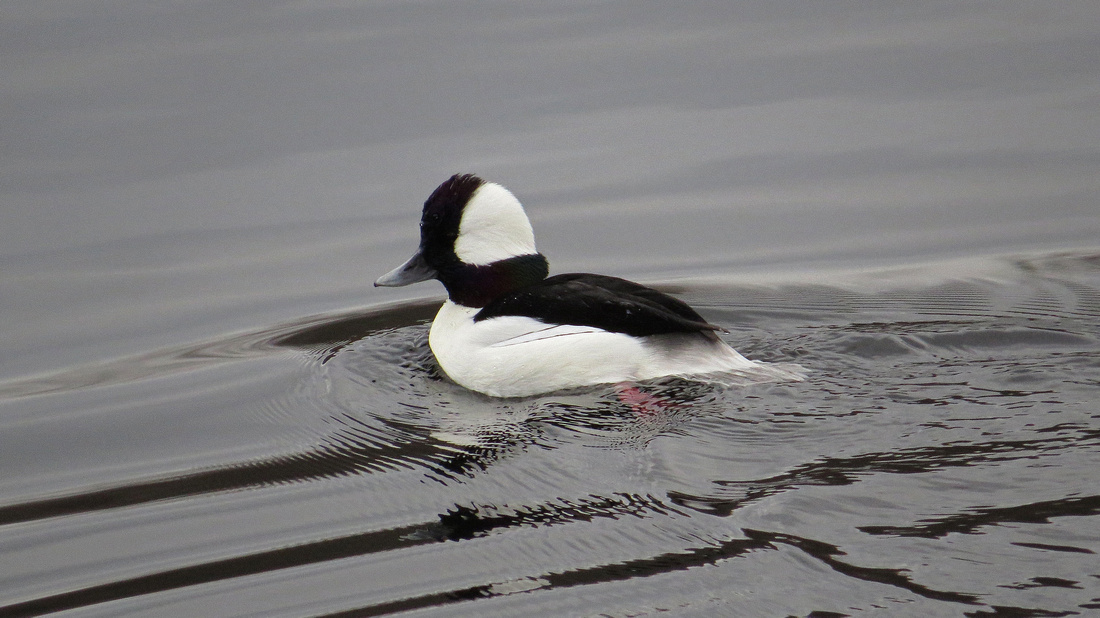 121128_0251_SX50 Bufflehead at Rockefeller PreserveTo return to the SX50 Review - Part 3, click the link
121128_0251_SX50 Bufflehead at Rockefeller PreserveTo return to the SX50 Review - Part 3, click the link
http://edwardmichaellach.zenfolio.com/blog/2016/4/canon-sx50-review-part-3-when-the-light-goes-down This male Bufflehead was captured by the SX50 in very dark shadows while I was testing the Sports mode.
This male Bufflehead was captured by the SX50 in very dark shadows while I was testing the Sports mode.
And as a slight diversion, the Bufflehead did see something to eat and jumped into a dive. Sports mode on the SX50 was there to capture it as it broke the water. There's not very good IQ of course, but that just requires practice by this particular photographer, and is in the range of the camera.
 121128_0268_SX50 Diving BuffleheadTo return to the SX50 Review - Part 3, click the link
121128_0268_SX50 Diving BuffleheadTo return to the SX50 Review - Part 3, click the link
http://edwardmichaellach.zenfolio.com/blog/2016/4/canon-sx50-review-part-3-when-the-light-goes-down This was the first image of a three shot burst in the SX50's Sports mode. In this mode, the photographer's reaction time appears to be the most critical component. The second and third images of the burst were nothing but bubbles on the water.
This was the first image of a three shot burst in the SX50's Sports mode. In this mode, the photographer's reaction time appears to be the most critical component. The second and third images of the burst were nothing but bubbles on the water.
NOTE: For a better example of the SX50's Sports mode, see the Not a Review section of Part 4.
Now to the tests.
SCENE ONE - Outdoors at Night
The scene is the lit up Jacob Burns Film Center and ambient lit surrounding area in Pleasantville, NY at night. The village clock gave me some protection from the surrounding traffic as I stood in the dark. Initial test shots were to determine at what shutter speed I could get sharp handheld images with no camera shake in the chill 35°F night air. That turned out to be 1/3 second at ISO 320 on the SX50 and ISO 400 on the SX40. Turns out the SX50 also choose 1/3 second at ISO 400, so the comparison starts there. Both cameras were set to Av mode at 24mm at their widest apertures (f3.4 and f2.7). All settings were at defaults with SAFETYs turned OFF. One exception was that the SX50 was Superfine and the SX40 was Fine as in the prior articles. (Note: while reviewing the images back home, I noticed the SX50 was at -1/3 EC. This I don't believe has any large bearing for comparative purposes.) Focus and Evaluative metering were taken at the entrance doors of the theater and the image recomposed each time. Both cameras were in AWB mode. Of note is that I love the electronic level of the SX50 and it shows in the final compositions.
As far as handling the two cameras side by side, except for changing the ISO (ARRGGGH!!!, why did Canon switch its position), moving back and forth between cameras was seamless. Many people have asked this, so I'll get it out of the way. One camera at f3.4 and the other at f2.7 made no difference in the ability to get the shots. I just didn't notice. At ISO 200, neither camera could be hand held in the dark, so the wider f2.7 gave no help. At higher ISOs, the f2.7 lens gave only marginally faster shutters (see captions in the comparison images below) but the f3.4 was already within the ability to be handheld at the same ISO. In addition, the SX50's 1/3 stop ISO increments can give an advantage by allowing a fast enough exposure at a lower ISO than at the SX40's full stop ISO increments. Whether one prefers one result over the other in the final images may be worth discussion, but not the ability to take the picture in the dark.
The following are the outdoor night images, first with the SX50 then with the SX40, at ISO 400, 800, 1600 and 3200. My remarks are based on side by side comparisons at 600% on my production 30 bit graphics workstation.
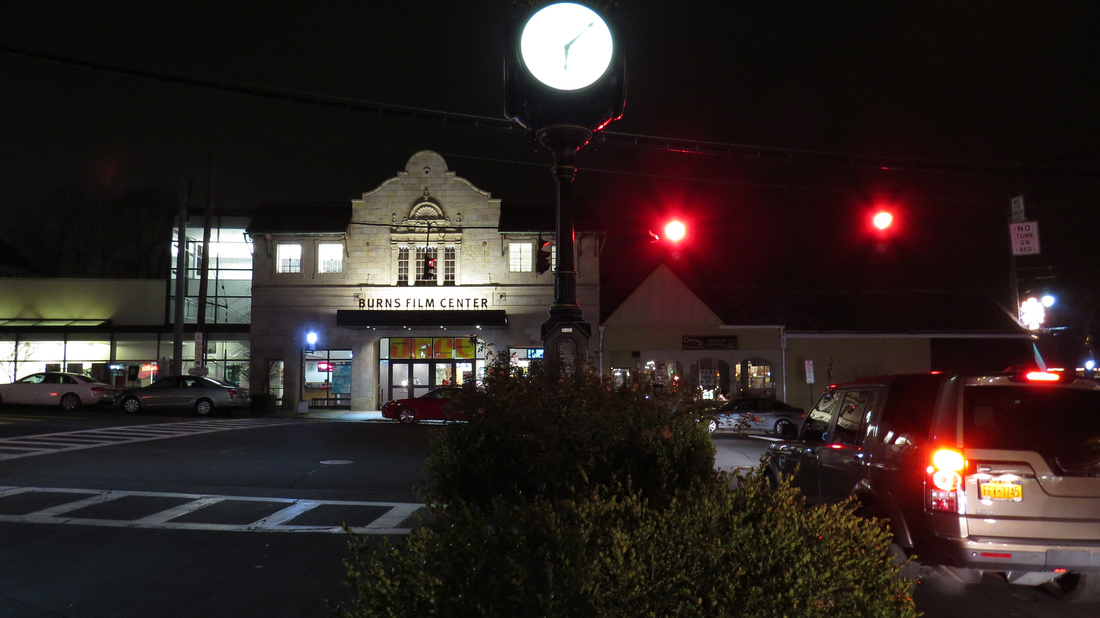 63 121201_0283_SX50 ISO 400 f3.4 at .3 secTo return to the SX50 Review - Part 3, click the link
63 121201_0283_SX50 ISO 400 f3.4 at .3 secTo return to the SX50 Review - Part 3, click the link
http://edwardmichaellach.zenfolio.com/blog/2016/4/canon-sx50-review-part-3-when-the-light-goes-down SX50 handheld at ISO 400 at 1/3 second.
SX50 handheld at ISO 400 at 1/3 second.
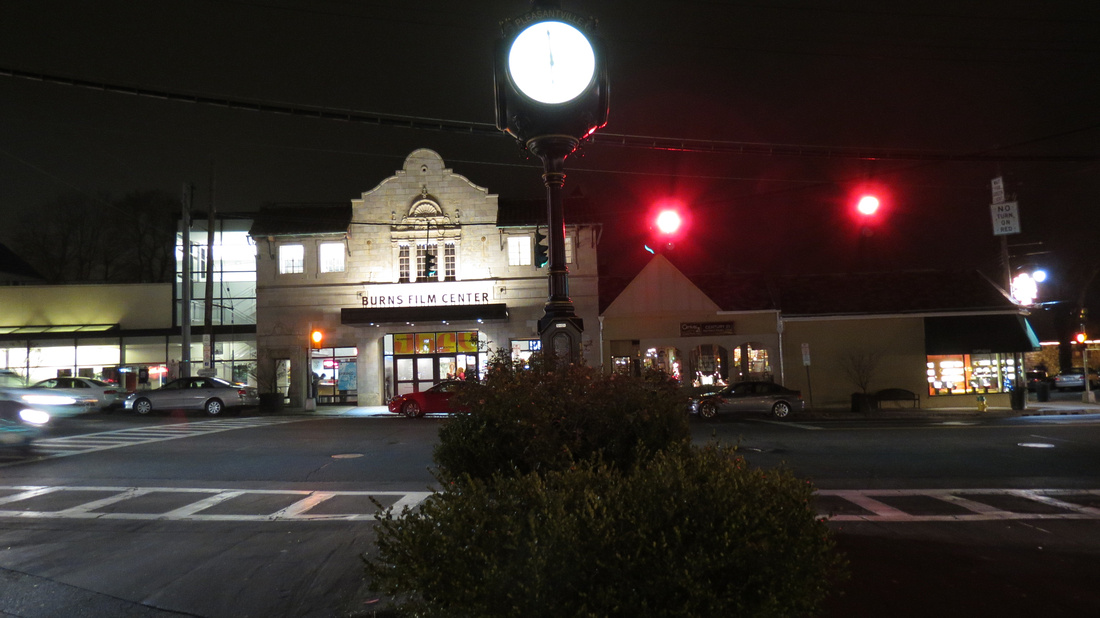 64 121201_1357_SX40 ISO 400 f2.7 at .3 secTo return to the SX50 Review - Part 3, click the link
64 121201_1357_SX40 ISO 400 f2.7 at .3 secTo return to the SX50 Review - Part 3, click the link
http://edwardmichaellach.zenfolio.com/blog/2016/4/canon-sx50-review-part-3-when-the-light-goes-down SX40 handheld at ISO 400 at 1/3 second.
SX40 handheld at ISO 400 at 1/3 second.
At ISO 400 with both cameras choosing 1/3 second, the SX50 presents a more pleasing image with more contrast inducing visual sharpness, and better controlled halos adding to dynamic range shooting to the right. Ignoring contrast, pixel sharpness appears to be equal on both images at 600%. Loss of acuity from almost non-existent camera shake is limited to a level of only one pixel on either camera. The Superfine mode of the SX50 also retains more details in all facets of the image, especially the stone work of the theater. Unfortunately, the higher contrast appears to magnify the detail robbing effects of noise on the SX50, but in areas of equal luminance, that noise appears equal on both images. At ISO 400, the SX50 gives a clear, sharp well rounded night scene, overshadowing its older sibling. With proper noise reduction techniques and fine detail recovery and boost in post, results can stand well against lower ISO images shot in daylight.
 67 121201_0287_SX50 ISO 800 f3.4 at .167 secTo return to the SX50 Review - Part 3, click the link
67 121201_0287_SX50 ISO 800 f3.4 at .167 secTo return to the SX50 Review - Part 3, click the link
http://edwardmichaellach.zenfolio.com/blog/2016/4/canon-sx50-review-part-3-when-the-light-goes-down SX50 handheld at ISO 800 at 1/6 second.
SX50 handheld at ISO 800 at 1/6 second.
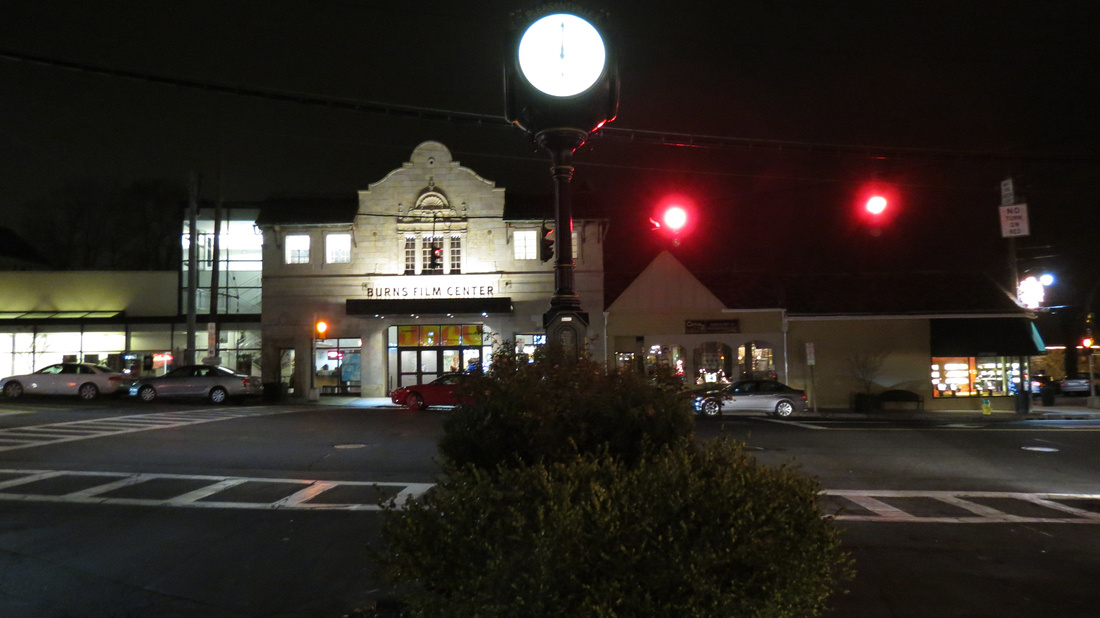 68 121201_1359_SX40 ISO 800 f2.7 at .125 secTo return to the SX50 Review - Part 3, click the link
68 121201_1359_SX40 ISO 800 f2.7 at .125 secTo return to the SX50 Review - Part 3, click the link
http://edwardmichaellach.zenfolio.com/blog/2016/4/canon-sx50-review-part-3-when-the-light-goes-down SX40 handheld at ISO 800 at 1/8 second.
SX40 handheld at ISO 800 at 1/8 second.
At ISO 800, although the SX50 is now faster at 1/6 second as is the SX40 at 1/8 second, visual acuity lost to camera shake fell by 2 pixels for each camera. It’s more than likely lesser handholding technique on my part, but at least not so bad. However, the SX50 continues to show higher contrast, better control of halos and more details than the SX40, but less so than its own output at ISO 400. The SX40 at ISO 800, also slightly diminished from its ISO 400 output, is starting to catch up and even shows better range in the shadows. But overall, I still prefer the clarity of the SX50.
 71 121201_0290_SX50 ISO 1600 f3.4 at .077 secTo return to the SX50 Review - Part 3, click the link
71 121201_0290_SX50 ISO 1600 f3.4 at .077 secTo return to the SX50 Review - Part 3, click the link
http://edwardmichaellach.zenfolio.com/blog/2016/4/canon-sx50-review-part-3-when-the-light-goes-down SX50 handheld at ISO 1600 at 1/13 second.
SX50 handheld at ISO 1600 at 1/13 second.
 72 121201_1360_SX40 ISO 1600 f2.7 at .067 secTo return to the SX50 Review - Part 3, click the link
72 121201_1360_SX40 ISO 1600 f2.7 at .067 secTo return to the SX50 Review - Part 3, click the link
http://edwardmichaellach.zenfolio.com/blog/2016/4/canon-sx50-review-part-3-when-the-light-goes-down SX40 handheld at ISO 1600 at 1/15 second.
SX40 handheld at ISO 1600 at 1/15 second.
At ISO 1600, camera shake is nonexistent and the difference between cameras is fading fast. The SX50 is still slightly higher in contrast with better halo control, but the open shadows of the SX40 are adding to its visual presentation. What's most surprising is that the noise differential between ISO 1600 and ISO 800 is not easily discernible on either camera. Both give very usable results at ISO 1600 and my preference is a toss-up.
 75 121201_0293_SX50 ISO 3200 f3.4 at .04 secTo return to the SX50 Review - Part 3, click the link
75 121201_0293_SX50 ISO 3200 f3.4 at .04 secTo return to the SX50 Review - Part 3, click the link
http://edwardmichaellach.zenfolio.com/blog/2016/4/canon-sx50-review-part-3-when-the-light-goes-down SX50 handheld at ISO 3200 at 1/25 second.
SX50 handheld at ISO 3200 at 1/25 second.
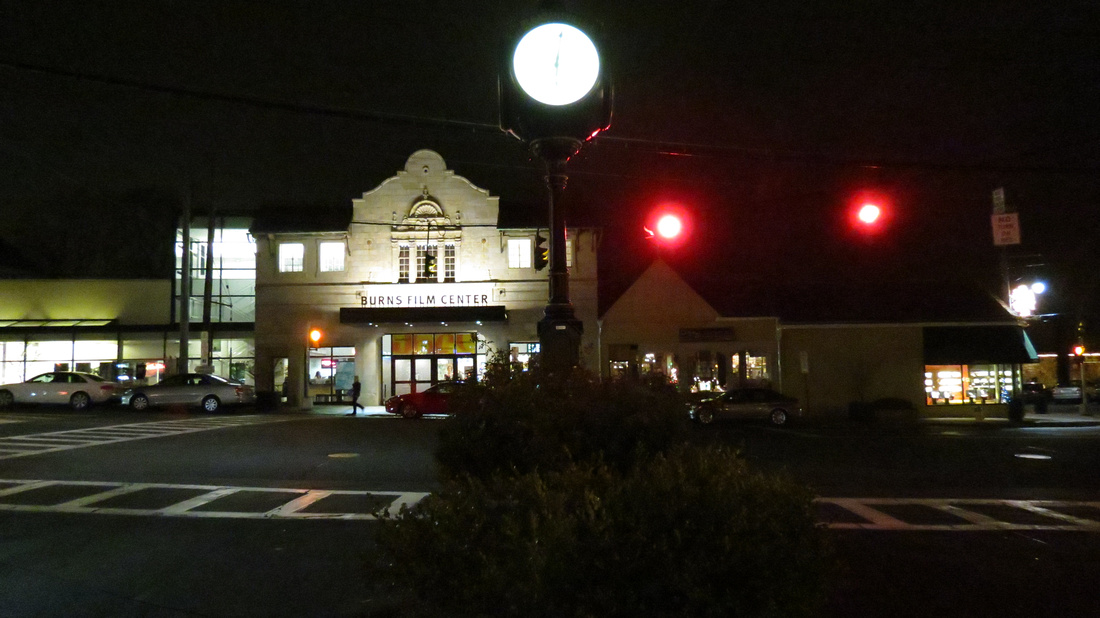 76 121201_1361_SX40 ISO 3200 f2.7 at .04 secTo return to the SX50 Review - Part 3, click the link
76 121201_1361_SX40 ISO 3200 f2.7 at .04 secTo return to the SX50 Review - Part 3, click the link
http://edwardmichaellach.zenfolio.com/blog/2016/4/canon-sx50-review-part-3-when-the-light-goes-down SX40 handheld at ISO 3200 at 1/25 second.
SX40 handheld at ISO 3200 at 1/25 second.
At ISO 3200 with both cameras at 1/25 second and no camera shake, I'm back to preferring the SX50 results. Not only does it maintain its slight edges in contrast, halos and details, but also shows an openness in the shadows that equals the SX40. That being said, noise patterns on both cameras are becoming more apparent in destroying fine detail. My judgment is that both cameras drop from very usable results at ISO 1600 to usable results for handheld night work at ISO 3200.
SCENE TWO - Indoors Under Very Dim Lighting
The second set of images was designed to show how both cameras hold fine detail at rising ISOs in very dim natural light. Both cameras were set to around 300mm and mounted side by side on a tripod from ten feet. The cameras were at identical settings with SAFETYs turned ON. Again the SX50 was Superfine. The focus rectangles were precisely matched on the head of the middle figurine. The textures of the granite, oak and painted wall were intended elements. The lighting was dimmed until both cameras' evaluative metering showed a one second exposure at ISO 400 with the lenses wide open. This was done to avoid defaulting to the ISO80/100limitation on these cameras with a longer exposure. Since the side of one camera covered the accessory door of the other preventing attaching a cable, the ten second timer was used for each shot.
To begin, the first image is in full light with the SX50 to provide baseline clarity for the test.
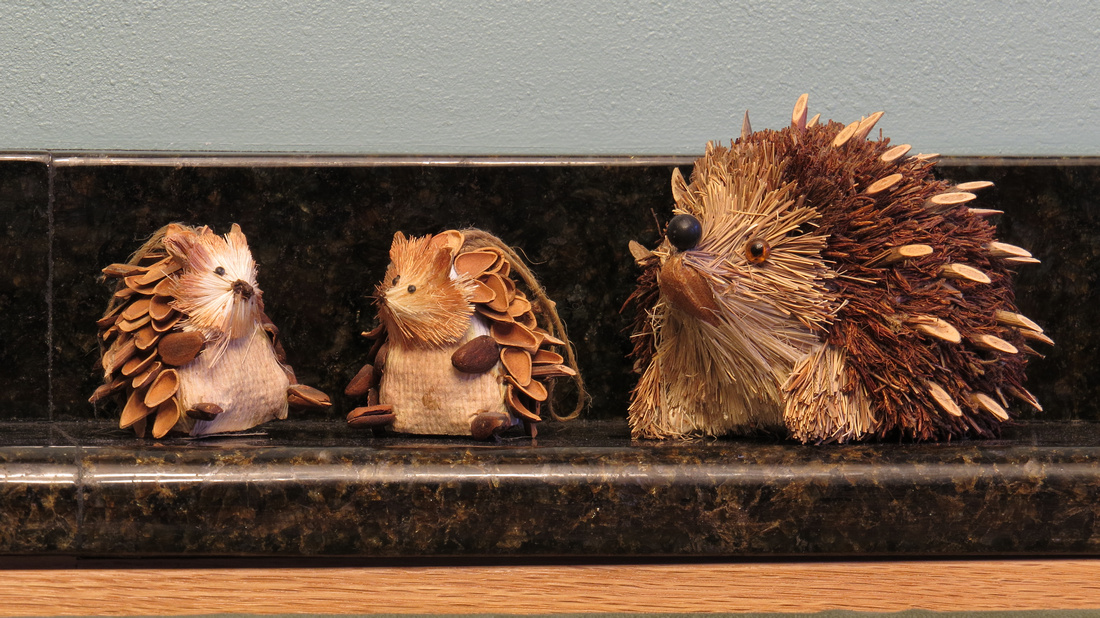 40 121127_0225_SX50 Full Overhead CFL Light at ISO 80To return to the SX50 Review - Part 3, click the link
40 121127_0225_SX50 Full Overhead CFL Light at ISO 80To return to the SX50 Review - Part 3, click the link
http://edwardmichaellach.zenfolio.com/blog/2016/4/canon-sx50-review-part-3-when-the-light-goes-down This SX50 image in full light (non-flash) at ISO 80 was taken to provide a baseline for clarity compared to the following very dim light images at higher ISOs.
This SX50 image in full light (non-flash) at ISO 80 was taken to provide a baseline for clarity compared to the following very dim light images at higher ISOs.
The following are indoor dim light images, again with the SX50 first and SX40 second at ISO 400, SX50 then SX40 at ISO 800, etc. My remarks are again based on side by side comparisons at 600% on my production 30 bit graphics workstation. What is readily noticeable is that at ISO 400, both cameras set to a one second shutter speed underexposed the scene. Even though the SAFETYs were turned ON, neither camera moved to a longer shutter and risk hitting the timing limitation for higher ISOs.
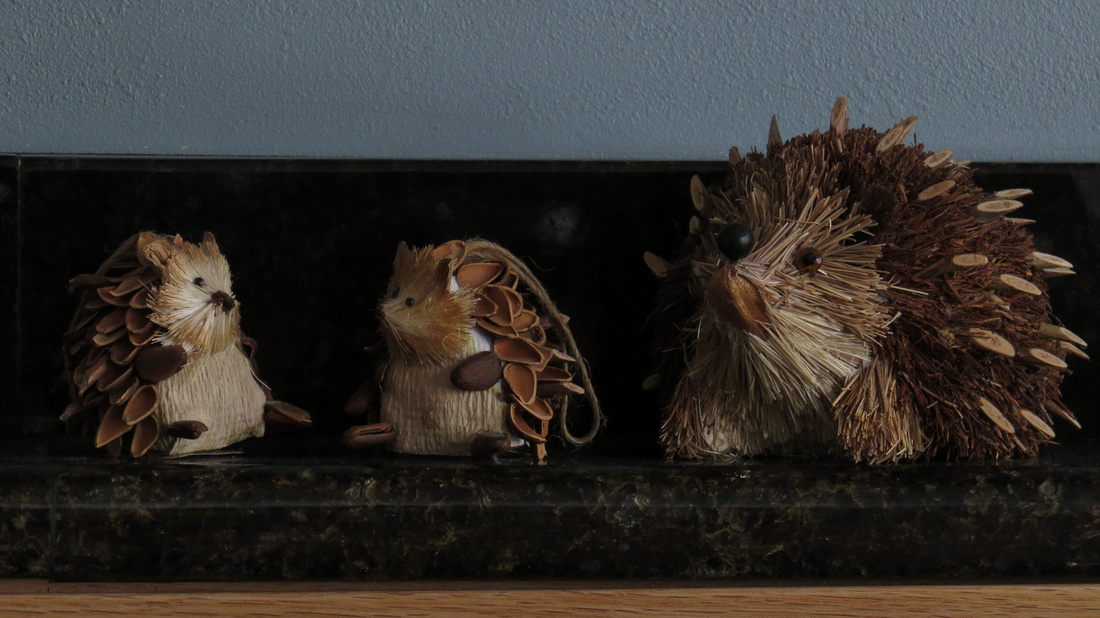 49 121127_0216_SX50 Very Low Luminence Level at ISO 400To return to the SX50 Review - Part 3, click the link
49 121127_0216_SX50 Very Low Luminence Level at ISO 400To return to the SX50 Review - Part 3, click the link
http://edwardmichaellach.zenfolio.com/blog/2016/4/canon-sx50-review-part-3-when-the-light-goes-down SX50 at ISO 400. Under exposure is caused by the camera not exceeding its shutter limitations at high ISOs.
SX50 at ISO 400. Under exposure is caused by the camera not exceeding its shutter limitations at high ISOs.
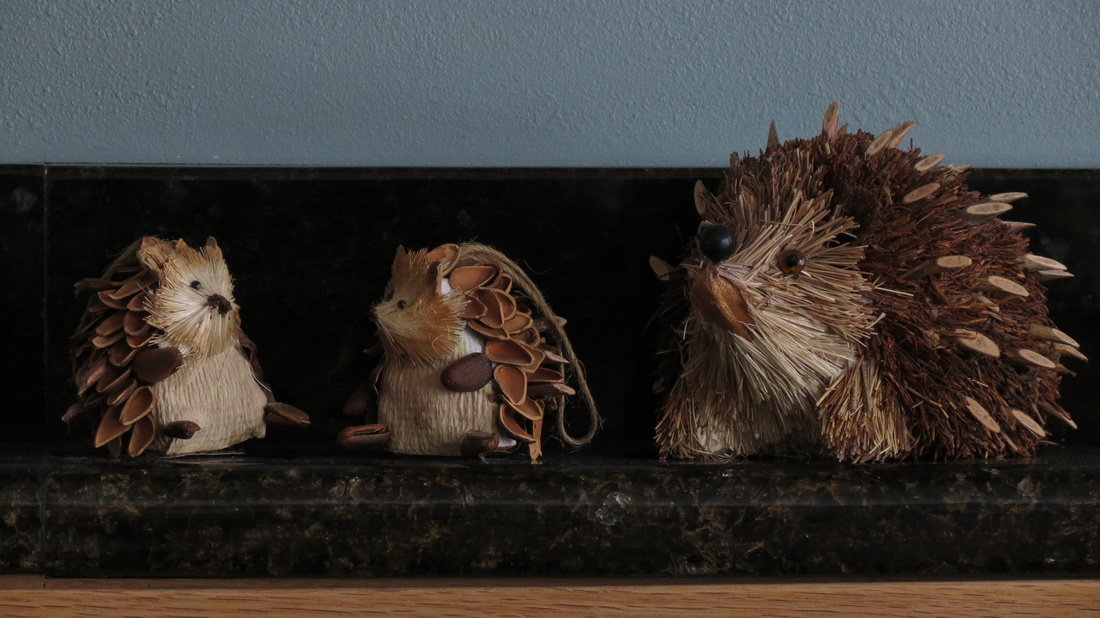 50 121127_1353_SX40 Very Low Luminence Level at ISO 400To return to the SX50 Review - Part 3, click the link
50 121127_1353_SX40 Very Low Luminence Level at ISO 400To return to the SX50 Review - Part 3, click the link
http://edwardmichaellach.zenfolio.com/blog/2016/4/canon-sx50-review-part-3-when-the-light-goes-down SX40 at ISO 400. Under exposure is caused by the camera not exceeding its shutter limitations at high ISOs.
SX40 at ISO 400. Under exposure is caused by the camera not exceeding its shutter limitations at high ISOs.
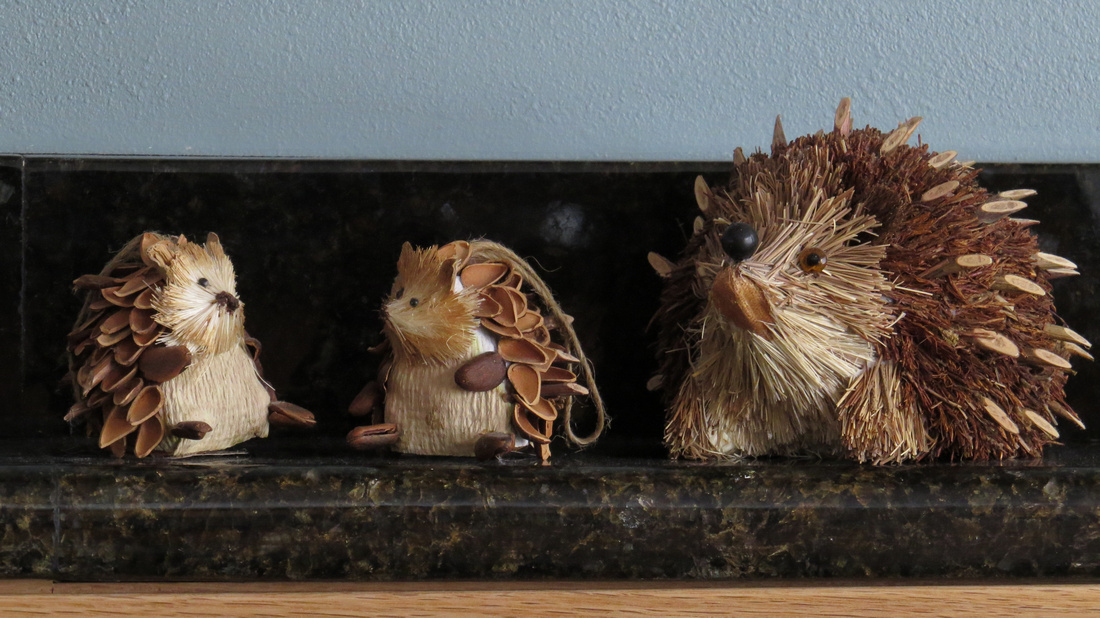 51 121127_0217_SX50 Very Low Luminence Level at ISO 800To return to the SX50 Review - Part 3, click the link
51 121127_0217_SX50 Very Low Luminence Level at ISO 800To return to the SX50 Review - Part 3, click the link
http://edwardmichaellach.zenfolio.com/blog/2016/4/canon-sx50-review-part-3-when-the-light-goes-down SX50 at ISO 800.
SX50 at ISO 800.
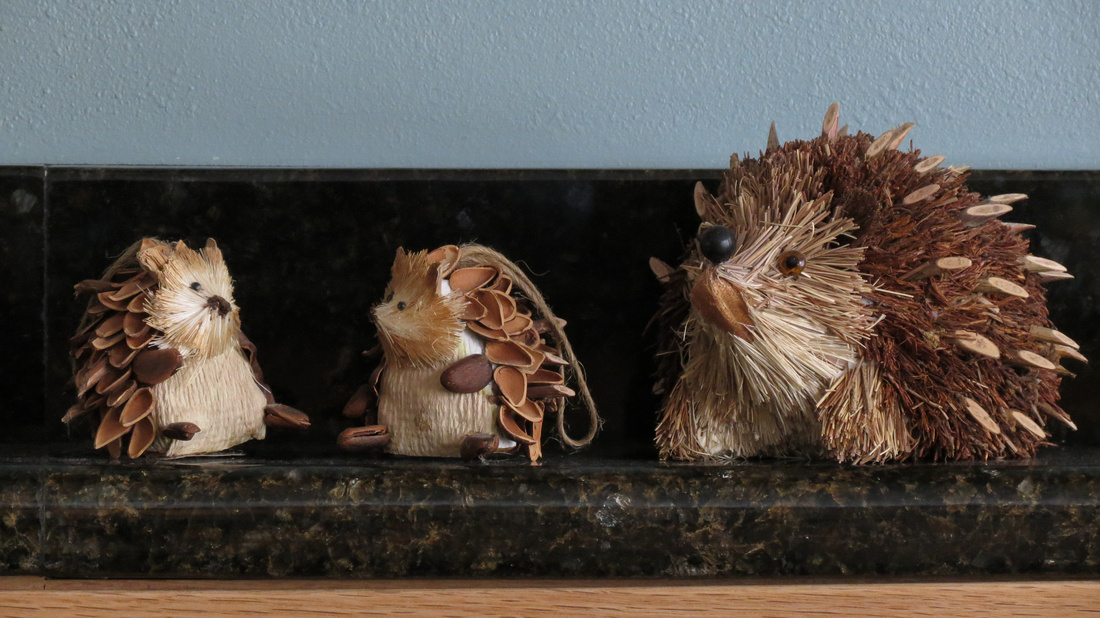 52 121127_1354_SX40 Very Low Luminence Level at ISO 800To return to the SX50 Review - Part 3, click the link
52 121127_1354_SX40 Very Low Luminence Level at ISO 800To return to the SX50 Review - Part 3, click the link
http://edwardmichaellach.zenfolio.com/blog/2016/4/canon-sx50-review-part-3-when-the-light-goes-down SX40 at ISO 800.
SX40 at ISO 800.
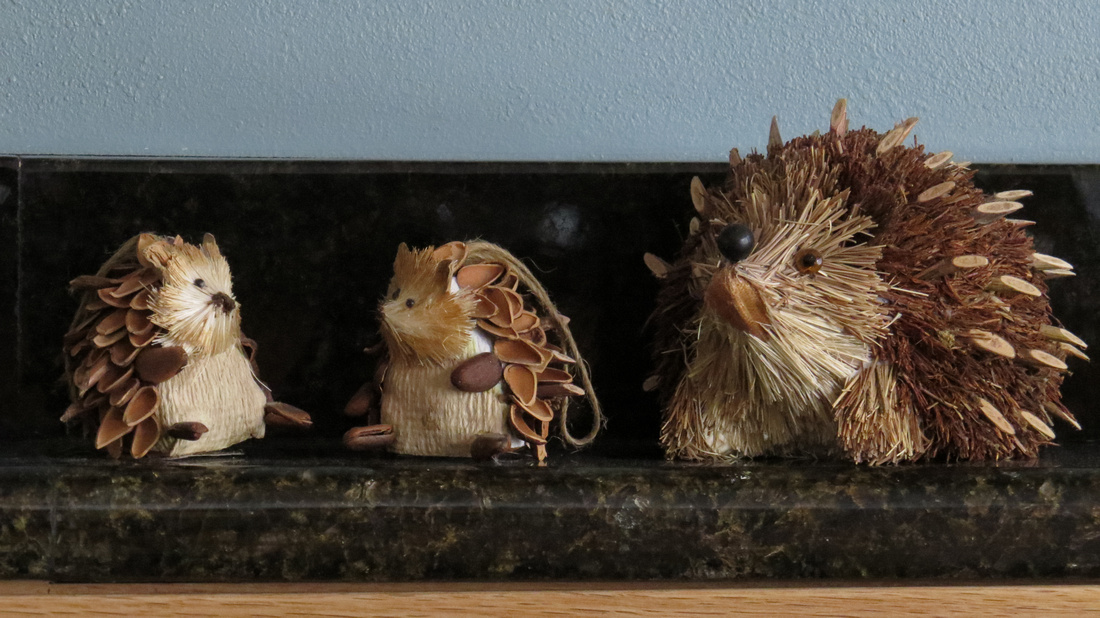 53 121127_0218_SX50 Very Low Luminence Level at ISO 1600To return to the SX50 Review - Part 3, click the link
53 121127_0218_SX50 Very Low Luminence Level at ISO 1600To return to the SX50 Review - Part 3, click the link
http://edwardmichaellach.zenfolio.com/blog/2016/4/canon-sx50-review-part-3-when-the-light-goes-down SX50 at ISO 1600.
SX50 at ISO 1600.
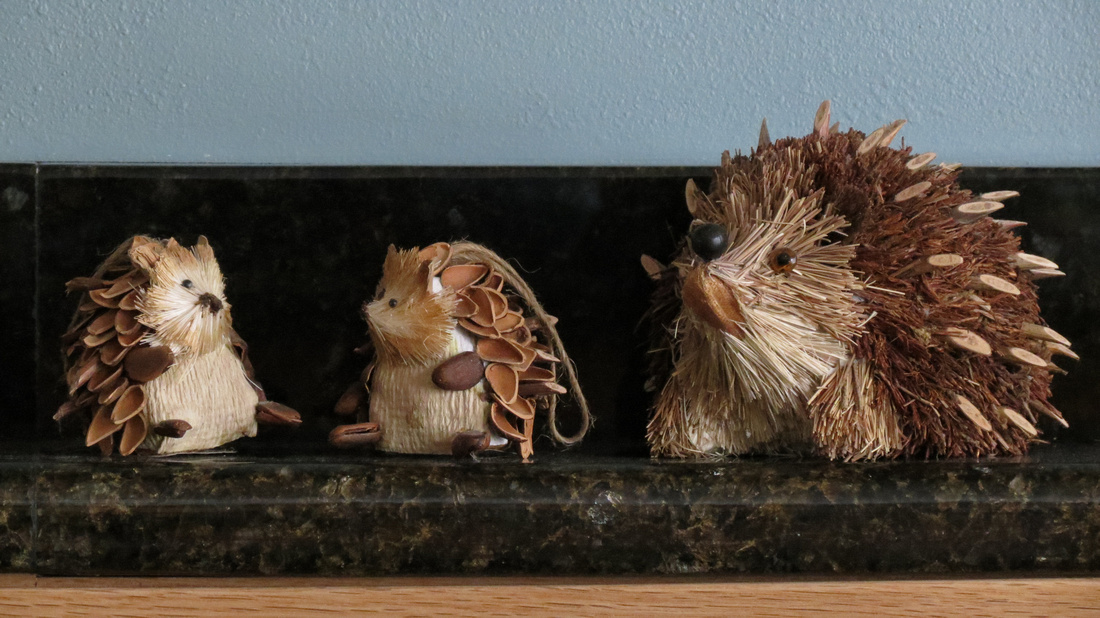 54 121127_1355_SX40 Very Low Luminence Level at ISO 1600To return to the SX50 Review - Part 3, click the link
54 121127_1355_SX40 Very Low Luminence Level at ISO 1600To return to the SX50 Review - Part 3, click the link
http://edwardmichaellach.zenfolio.com/blog/2016/4/canon-sx50-review-part-3-when-the-light-goes-down SX40 at ISO 1600.
SX40 at ISO 1600.
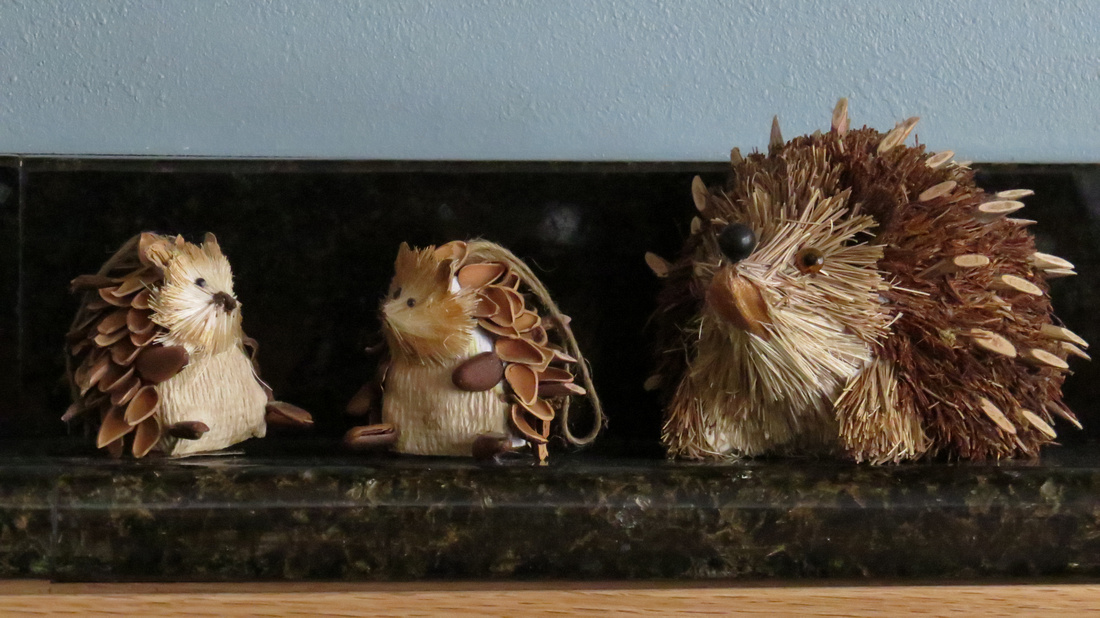 55 121127_0219_SX50 Very Low Luminence Level at ISO 3200To return to the SX50 Review - Part 3, click the link
55 121127_0219_SX50 Very Low Luminence Level at ISO 3200To return to the SX50 Review - Part 3, click the link
http://edwardmichaellach.zenfolio.com/blog/2016/4/canon-sx50-review-part-3-when-the-light-goes-down SX50 at ISO 3200.
SX50 at ISO 3200.
 56 121127_1356_SX40 Very Low Luminence Level at ISO 3200To return to the SX50 Review - Part 3, click the link
56 121127_1356_SX40 Very Low Luminence Level at ISO 3200To return to the SX50 Review - Part 3, click the link
http://edwardmichaellach.zenfolio.com/blog/2016/4/canon-sx50-review-part-3-when-the-light-goes-down SX40 at ISO 3200.
SX40 at ISO 3200.
When viewing each pair of ISO images from the two cameras side by side at 600%, I have to say that I could not discern any noticeable variances. While it was easy to tell each camera in the outdoor night scenes, not even the Superfine of the SX50 appeared to make any difference in these images. As the ISOs progressed higher and higher, both cameras suffered loss of detail and increase in noise at a comparable rate. Very interesting results based on a single overall very low luminance level in this test versus the combination of bright, ambient, and dark levels in the first scene. When the cameras' DIGIC Vs don't have to work as hard, they produce comparable results. When the lighting gets more difficult, however, the SX50 appears to show some definite software improvements over its older sibling.
Now since this is a low light review, I'll add one more image from this series for your review, the SX50 at ISO 6400:
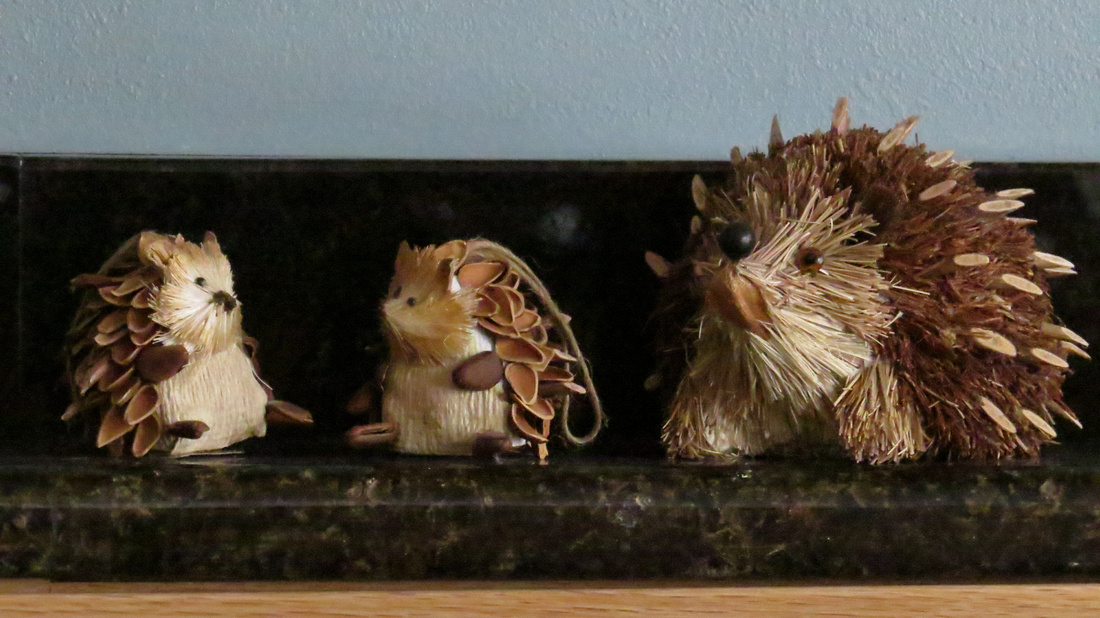 58 121127_0220_SX50 Very Low Luminence Level at ISO 6400To return to the SX50 Review - Part 3, click the link
58 121127_0220_SX50 Very Low Luminence Level at ISO 6400To return to the SX50 Review - Part 3, click the link
http://edwardmichaellach.zenfolio.com/blog/2016/4/canon-sx50-review-part-3-when-the-light-goes-down At ISO 6400, detail and clarity begin to get too mushy even for normal artistic intent. However it is available on the SX50 for reportage images or special artistic intent when needed.
At ISO 6400, detail and clarity begin to get too mushy even for normal artistic intent. However it is available on the SX50 for reportage images or special artistic intent when needed.
HANDHELD NIGHTSCENE
And now there's one more feature of the low light arsenal presented here not for comparison, but just as information for those learning about these cameras. In low light, this feature takes three quick images with one press of the shutter and processes them in-camera for a single stacked image. Best results are attained by holding the camera very steady (or propped on something) during the exposures.
Last week after the snow, the temperature was rising slightly overnight and a light fog was rising to a heavy overcast sky backlit by the moon. It was about 2:30 AM when I arrived home, but I still went inside to grab my SX50 just to try to capture the eerie scene. As I set this feature to the camera, the moon broke through an opening in the clouds and I fired the shutter. Best viewed in a darkened room, and although a month late, this resulting image just screams "Halloween Night" at me. I'm waiting for the Headless Horseman to come riding through my trees.
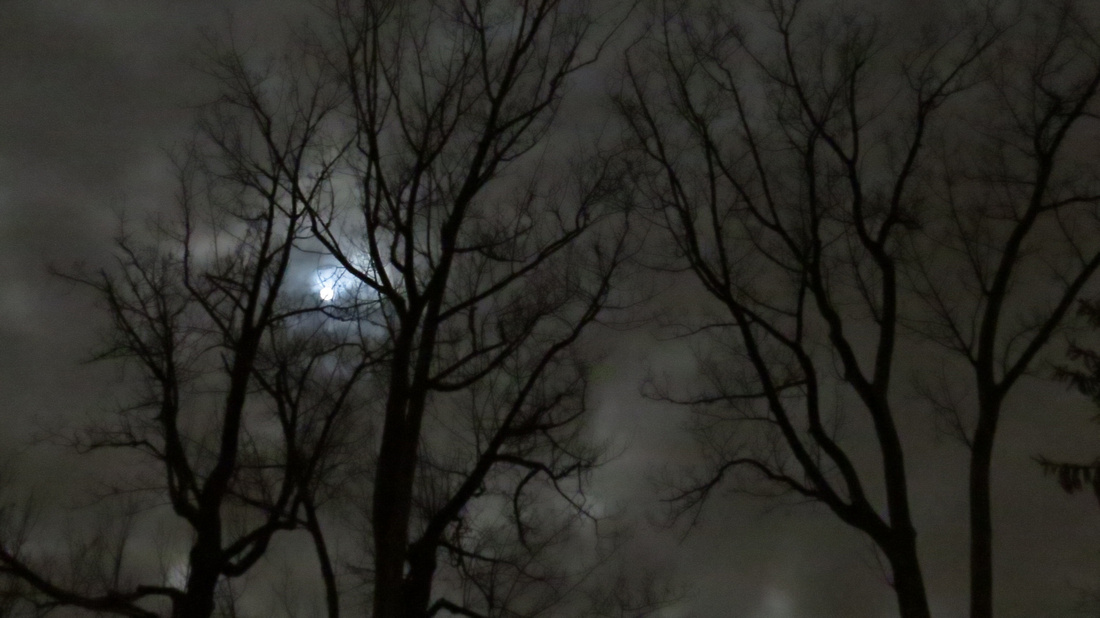 121128_0226_SX50 Moonscape in the Rising FogTo return to the SX50 Review - Part 3, click the link
121128_0226_SX50 Moonscape in the Rising FogTo return to the SX50 Review - Part 3, click the link
http://edwardmichaellach.zenfolio.com/blog/2016/4/canon-sx50-review-part-3-when-the-light-goes-down Handheld Nightscene mode on the SX50 captures the fog, heavy cloud cover and moon of this eerie 2:30 AM scenic.
Handheld Nightscene mode on the SX50 captures the fog, heavy cloud cover and moon of this eerie 2:30 AM scenic.
The Bottom Line (Once Again, So Far):
For the most part in my retirement, I have been an outdoor nature photographer shooting in bright to medium bright light. Although I have attained some good results in darker conditions with these cameras before, I have never given them a real chance to see what they can do. These tests have allowed me a new perspective and I think I'll be out in the dark more often in the future. Yes both cameras, properly handled, take wonderful images in bright light. But as seen above, they are both quite capable, again properly handled, when the light goes down. My preference does go to the upgraded software of the newer SX50 model, but the SX40 is not that far behind.
Once again, I hope these articles help people better understand their cameras in the pursuit of fine images, or just help them decide which camera they may want to buy.
Addendum:
Edited excerpts from the discussion of this article when published on dpreview.com:
Bob wrote: This is the second time I have seen reference to SAFETY on or off and as much as I have dug into the guidance and the menu I can't find this anywhere. What do you mean by the term SAFETY?
SAFETY SHIFT is talked about on page 151 of the manual. It shows up as the 13th item on the shooting Menu. When set to ON in Tv mode, if the available f-stops can not balance the proper exposure, SAFETY automatically shifts the shutter speed up or down to compensate. It’s the same in Av mode when a balancing shutter speed is not available. SAFETY further opens or closes the aperture. This feature allows you to maintain your chosen Tv or Av setting and if the light is beyond it, still get the shot when the need is to react and shoot quickly. If you have the time however, you can change Tv or Av or even ISO to meet your specific needs. In a way, SAFETY SHIFT is the shutter/aperture version of AutoISO.
In the outdoor night scene, I didn't want the Av setting of minimum aperture to change under any condition, so I set SAFETY SHIFT to OFF. In the indoor very dim light scene, I only wanted the Tv setting to capture the best exposure, so I allowed the shutter speed to change by turning SAFETY SHIFT to ON.
OpticGlass wrote: I wonder how good the IS is. I don't like flashes and tripods. What would you say is the minimum speed you can handhold the two cameras set to F3.4/F2.7 with both at ISO 200?
How steady an image can be attained from a camera has as much to do with the photographer's technique and experience as it does with IS. The IS on these cameras is fantastic, but that being said, it is just a tool and not an end. The position of the hands and elbows, how relaxed the muscles are, and good breathing techniques can all help getting steady shots as much as the IS, especially at the long end of the zoom.
As I wrote in the article above, I judge camera shake at the pixel level with the image magnified to 600%. If a high contrast transition (preferably black vs white) shows a consistent 2 pixels or less of intervening shades of gray in all directions, that is within an acceptable range of camera shake for me from a 12 megapixel camera. Less, of course is better. In the outdoor scenes from the test at 24mm, I was able to stay within this mark at 1/3 second. It wasn't until 1/13 second that the transitions had 0 pixels of gray. So for my technique including IS, these would be my low end shutter speeds for best results with this small light camera. Other photographers may be able to do better. In order to get to 0 pixels of gray at 1200mm, the slowest shutter speed I've been successful with so far is 1/40 second. At a slower 1/25 second I've been within the 2 pixel range. But I think I may need more practice with the big lens and again other photographers may do better.
For Galleries of images on this website taken with the cameras reviewed in this article, use these links to open them in a separate Tab on your Browser:
Canon Powershot SX50: http://edwardmichaellach.zenfolio.com/p949383169
Canon Powershot SX40: http://edwardmichaellach.zenfolio.com/p1016990742
Stay tuned as Part 4 of this review, Different Paths to Up Close and Personal, will be published soon.
